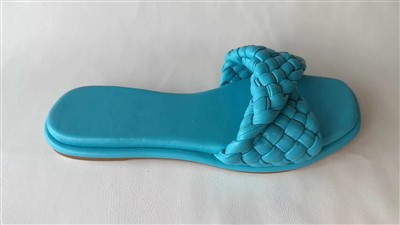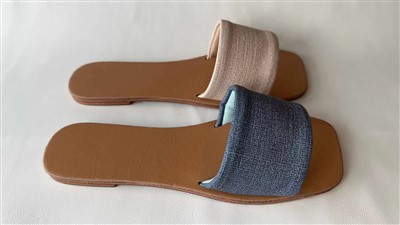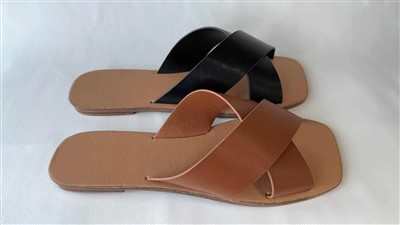What Is Sandals?
Sandals are a type of open-toed footwear that typically consists of a sole held to the foot by straps or thongs passing over the instep and around the ankle. Sandals come in various styles, designs, and materials, ranging from casual flip-flops to more formal strappy sandals. They are popular in warm weather for their breathability and comfort. Sandals can be flat or heeled, and they are versatile enough to be worn with a wide range of outfits, from casual to semi-formal.
Your feet can breathe
Do you have a problem with sweaty feet? If so, it's probably because your feet can't get enough air while they're inside your shoes. That's not an issue when you have a pair of open-toed sandals. When you wear sandals, your feet will be able to breathe and feel some fresh air as you walk around town.
Comfort
In the same vein as the point above, sandals provide comfort and support all day long. Your toes won't be cramped up inside a stuffy pair of dress shoes. Make this the summer of comfort by stopping by Haig Shoes today. We'll find the perfect sandals for you and your feet.
Easy access
Women's shoes in Rochester Hills, MI can be a hassle to put on sometimes. When you're in a rush, you probably don't have time to take a seat and carefully put your shoes on one at a time. That's not an issue when you wear sandals. Just step right in them, and then head out the door. Once you get back home for the day, simply slip your sandals right off, kick back and relax.
Sandals are built for the beach
Whether you're heading to one of the Great Lakes or off to a tropical destination, summertime is all about going to the beach! Don't be one of those people who walks around the beach in tennis shoes-their shoes are full of sand when they leave the beach. Instead, wear your new sandals! You won't have to worry about sand, and you'll look stylish while you're enjoying your vacation.
Look stylish all summer
Speaking of looking stylish, there's no better way to do so than by wearing sandals! A few decades ago, flip-flops or ugly sandals were basically your only options if you wanted to wear comfortable open-toed shoes. That's not the case anymore. Shoe designers put a lot of time and effort into creating stylish sandals for both men and women. Don't sacrifice comfort for style-buy a pair of sandals today and make a fashion statement amongst your friends.
















